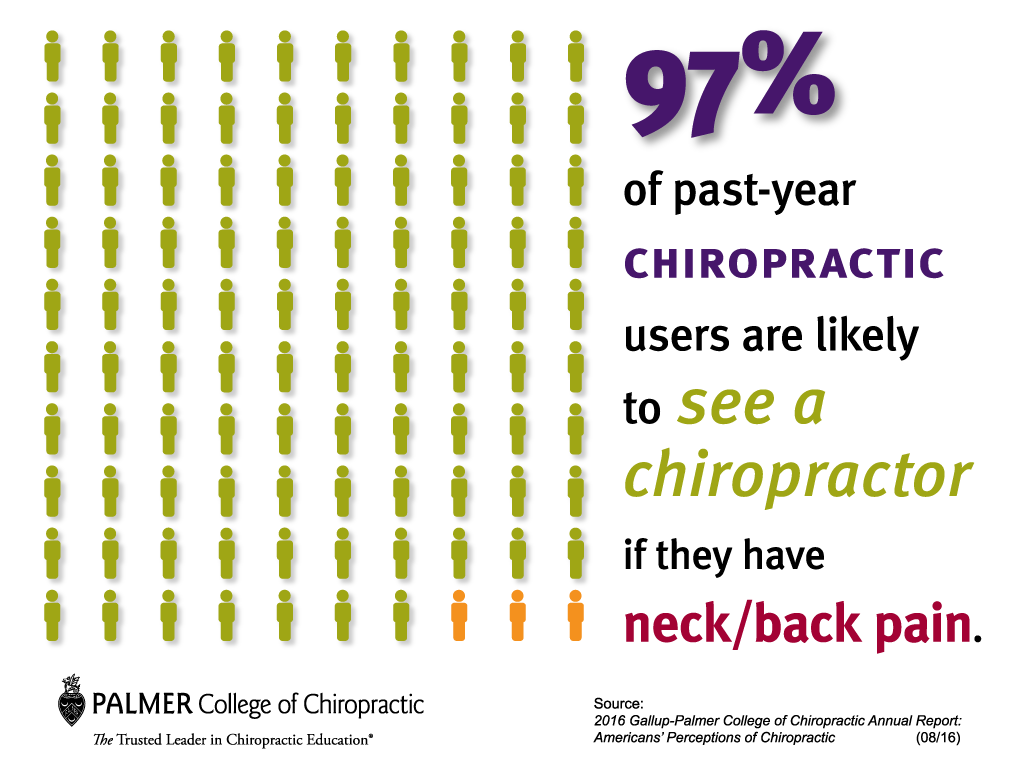Prepare Yourself To Discover The Interesting Cellular Communications Of Cold Laser Treatment And Its Application Of Light For The Objective Of Recovery. Dive Even More Into The World Of Science!
Prepare Yourself To Discover The Interesting Cellular Communications Of Cold Laser Treatment And Its Application Of Light For The Objective Of Recovery. Dive Even More Into The World Of Science!
Blog Article
Created By- why not check here may have come across cold laser treatment as a promising treatment choice for numerous conditions, yet have you ever asked yourself exactly how it in fact services a mobile level? Understanding the mechanisms behind this therapy can shed light on its performance in advertising recovery and lowering swelling. By exploring the scientific research behind cold laser therapy, you'll gain understandings right into the fascinating ways in which light can affect mobile procedures and promote tissue repair service.
Just How Cold Laser Therapy Works
To comprehend how cold laser therapy works, you need to comprehend the essential concepts of just how light power engages with biological cells. laser therapy for weight management , likewise known as low-level laser treatment (LLLT), makes use of certain wavelengths of light to penetrate the skin and target hidden cells. Unlike the extreme lasers made use of in surgeries, cold lasers discharge low levels of light that do not create heat or trigger damages to the cells.
When these mild light waves reach the cells, they're taken in by elements called chromophores, such as cytochrome c oxidase in mitochondria. This absorption activates a collection of organic actions, including enhanced mobile power production and the launch of nitric oxide, which boosts blood circulation and minimizes swelling.
Additionally, the light energy can additionally stimulate the manufacturing of adenosine triphosphate (ATP), the power currency of cells, helping in cellular fixing and regrowth processes.
In essence, cold laser therapy takes advantage of the power of light power to promote recovery and ease discomfort in a non-invasive and mild fashion.
Systems of Action
How does cold laser therapy really work to create its healing impacts on organic cells?
Cold laser therapy, likewise known as low-level laser therapy (LLLT), runs through a process known as photobiomodulation. When the cold laser is applied to the skin, the light energy permeates the cells and is absorbed by chromophores within the cells.
These chromophores, such as cytochrome c oxidase in the mitochondria, are after that stimulated by the light power, leading to a waterfall of organic reactions. One vital mechanism of action is the improvement of mobile metabolic process.
The soaked up light energy increases ATP production in the mitochondria, which is critical for mobile feature and repair service. Additionally, cold laser therapy helps to decrease inflammation by hindering inflammatory conciliators and promoting the release of anti-inflammatory cytokines.
This anti-inflammatory impact contributes to pain relief and tissue healing.
Therapeutic Effects
Comprehending the healing effects of cold laser therapy includes identifying how the enhanced cellular metabolism and anti-inflammatory homes contribute to its positive results on biological cells.
When the cold laser is related to the afflicted area, it stimulates the mitochondria within the cells, resulting in boosted production of adenosine triphosphate (ATP), which is essential for mobile function and repair. This increase in mobile power increases the healing procedure by promoting tissue regeneration and minimizing swelling.
Moreover, the anti-inflammatory buildings of cold laser treatment help to decrease pain and swelling in the targeted area. By hindering inflammatory arbitrators and promoting the release of anti-inflammatory cytokines, cold laser therapy aids in minimizing pain and improving the total recovery action.
This decrease in inflammation not only provides instant relief but likewise supports long-term cells repair work.
Conclusion
In conclusion, cold laser therapy works by promoting mobile fixing and tissue regeneration with photobiomodulation. Its anti-inflammatory homes provide pain relief and decrease swelling by inhibiting inflammatory mediators.
This treatment provides a comprehensive approach to healing, providing both immediate relief and lasting tissue fixing benefits.
Through its systems of action, cold laser therapy confirms to be an effective and appealing treatment option for a range of problems.
